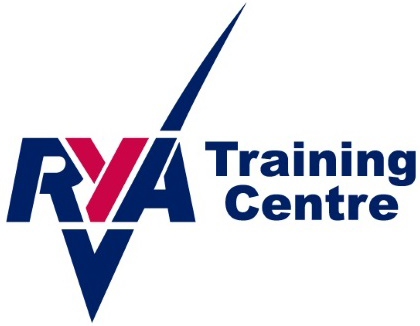Responsibility for administering and testing for the Yachtmaster qualification was given to the Royal Yachting Association (RYA) in 1972. Prior to that, oral tests for Yachtmaster were examined by the Board of Trade, a predecessor of the Maritime and Coastguard Agency (MCA). Until 1994 the Yachtmaster was a recreational qualification but following the introduction of Codes of practice for Small Commercial Vessels a commercial endorsement was added which the RYA runs on behalf of the MCA. Commercial skippers, in addition to passing the practical test, must attend a sea survival course and have a medical fitness examination.
Pre Entry Requirements
The pre entry requirement for the Yachtmaster Offshore exam has been the subject of intense debate. Too rigorous and the qualification is inaccessible, to easy and it loses its credibility. The most essential quality for a yacht skipper is the ability to take charge. It is that ability the crew recognise when they are kept informed and feel safe and confident.
Yachtmaster candidates need experience as skipper to become proficient. The RYA has the job of defining how much and in what circumstances. The current requirement is 2500 miles including five passages over 60 miles including two overnight and two as skipper. The Yachtmaster is an unusual maritime qualification in that candidates are expected to have taken charge before they qualify. The RYA reviews this requirement regularly to ensure that candidates are quite sure of the expectations of the examiner.
The Exam
The exam is carried out on a sailing yacht or motor vessel under 24m and is a one day practical test which usually includes some night pilotage.
RYA Yachtmaster Examiners have all been assessed and trained afloat and are required to revalidate by demonstrating their skills every five years. They know what it feels like to have an examiner at their shoulder.
At the start of a Yachtmaster exam, the examiner will establish that the candidate has completed the required mileage and the necessary paperwork. A tour of the yacht normally follows with the candidate giving a safety brief and answering questions on the emergency equipment.
Each candidate (there can be two in a day) is asked to take the yacht on a short passage. During this trip there will be assessments in boat handling, pilotage, navigation and collision avoidance, as well as questions on meteorology, passage planning and a whole range of other subjects in the syllabus. The only deliberate surprise is the man overboard recovery when a fender and bucket slip over the side and the skipper has to retrieve it. A discussion on the problems of having a real person in the water usually follows.
The exam is not intended to be a test of emergency yachting although this subject is raised. The examiner is looking for competence and can obtain a result by observing how the candidate goes about managing the yacht. The sea and weather usually provide sufficient challenges without the examiner having to provide scenarios, although the use of simulated poor visibility (RYA fog) is sometimes used to test blind navigation.
The examiner is required to provide a report to the RYA showing that all sections of the exam have been completed. The time scale for the exam is 8 -12 hours for one examination and 10 – 18 hours for two.
At the end the candidate is debriefed and given the examiner`s recommendation to the RYA. Unsuccessful candidates receive the examiners report. Successful ones receive an RYA certificate.
Commercial Pressures
There has been a rapid expansion of commercial yachting in the last ten years with a consequently increasing demand for RYA qualified skippers and crew. Additionally potential superyacht captains must hold RYA qualifications before taking the new MCA megayacht examinations. This has resulted in sea schools running fast track courses taking would-be skippers through the RYA courses and mileage in about 16 weeks.
A number of old salts feel uneasy about this so the RYA has monitored these courses very closely. Examiners who have experience of assessing such candidates have found that they are no different from other yachtsmen. They can either deliver on the day or they can’t. If they have learned how to take charge and can answer the questions they pass. If not they fail. The standard is certainly much higher than twenty years ago when the mileage was only 500 and the test was an oral exam.
Those embarking on a career in professional yachting, start their first job well trained and knowledgeable but in common with all professionals on their first day at work, with much to learn about the industry. Newly qualified skippers generally sail within their limitations while they build up experience in the first months.
The demand for RYA skippers is worldwide. The New Zealand Coastguard has adopted RYA Training, and the schemes are popular in South Africa and Australia where the RYA has recently opened an office. The RYA Yachtmaster is seen as the gold standard in yachting and has bought the RYA recognition throughout the world.
Note: Yachtmaster® is an EU Trademark of the RYA
